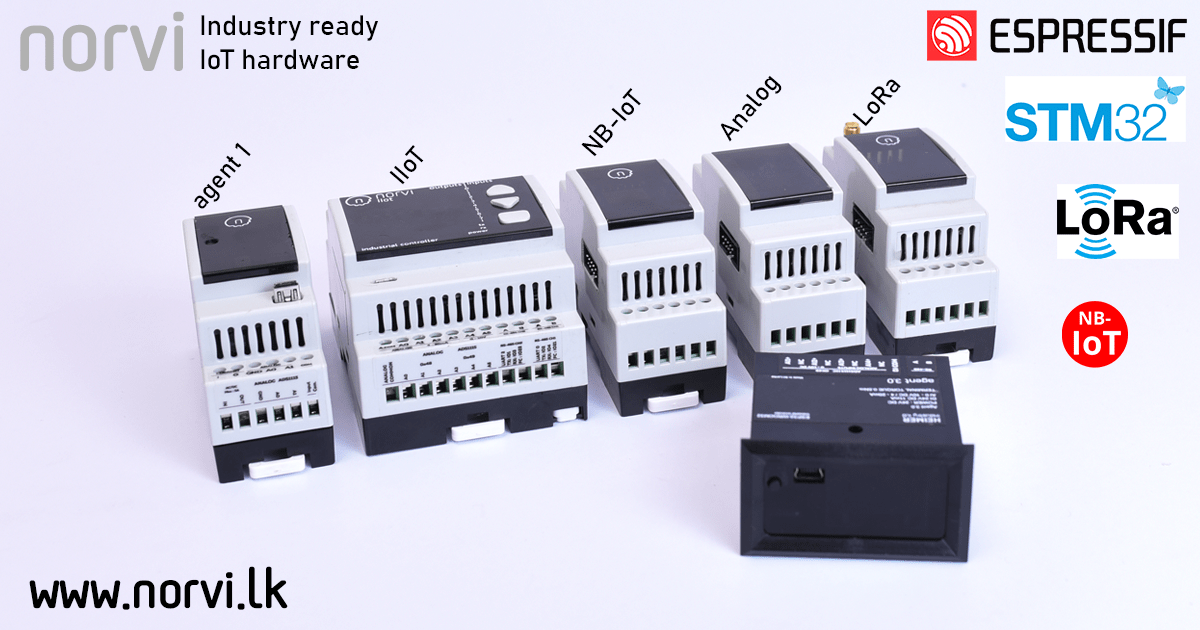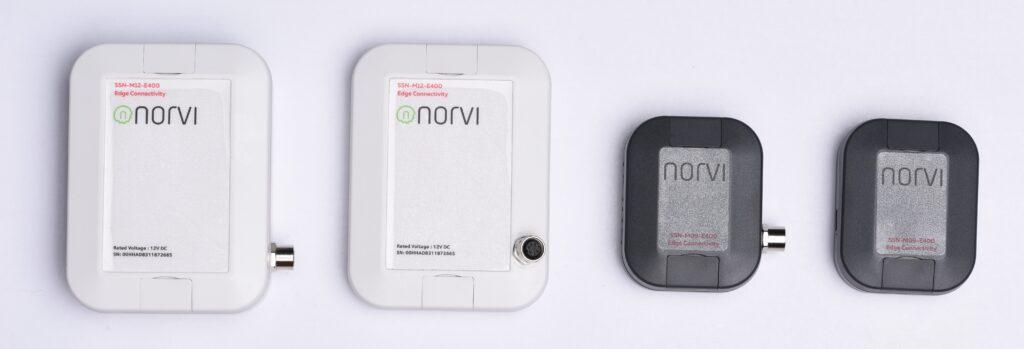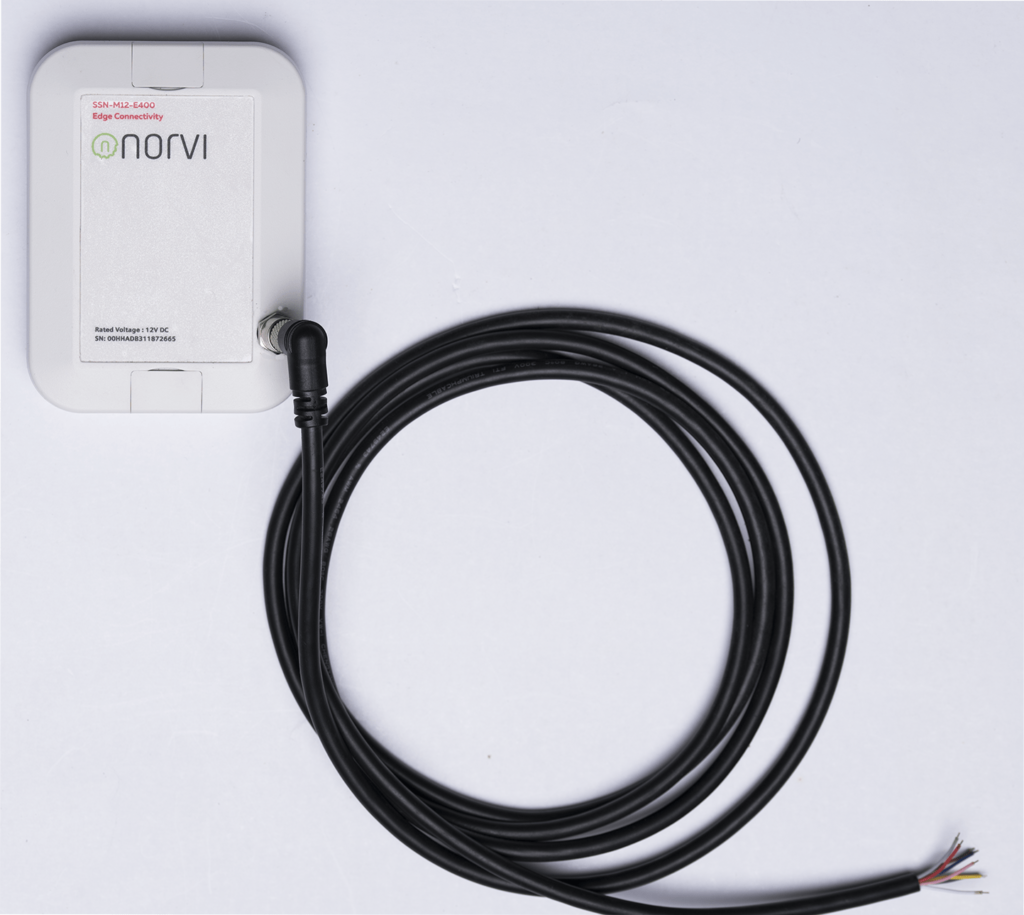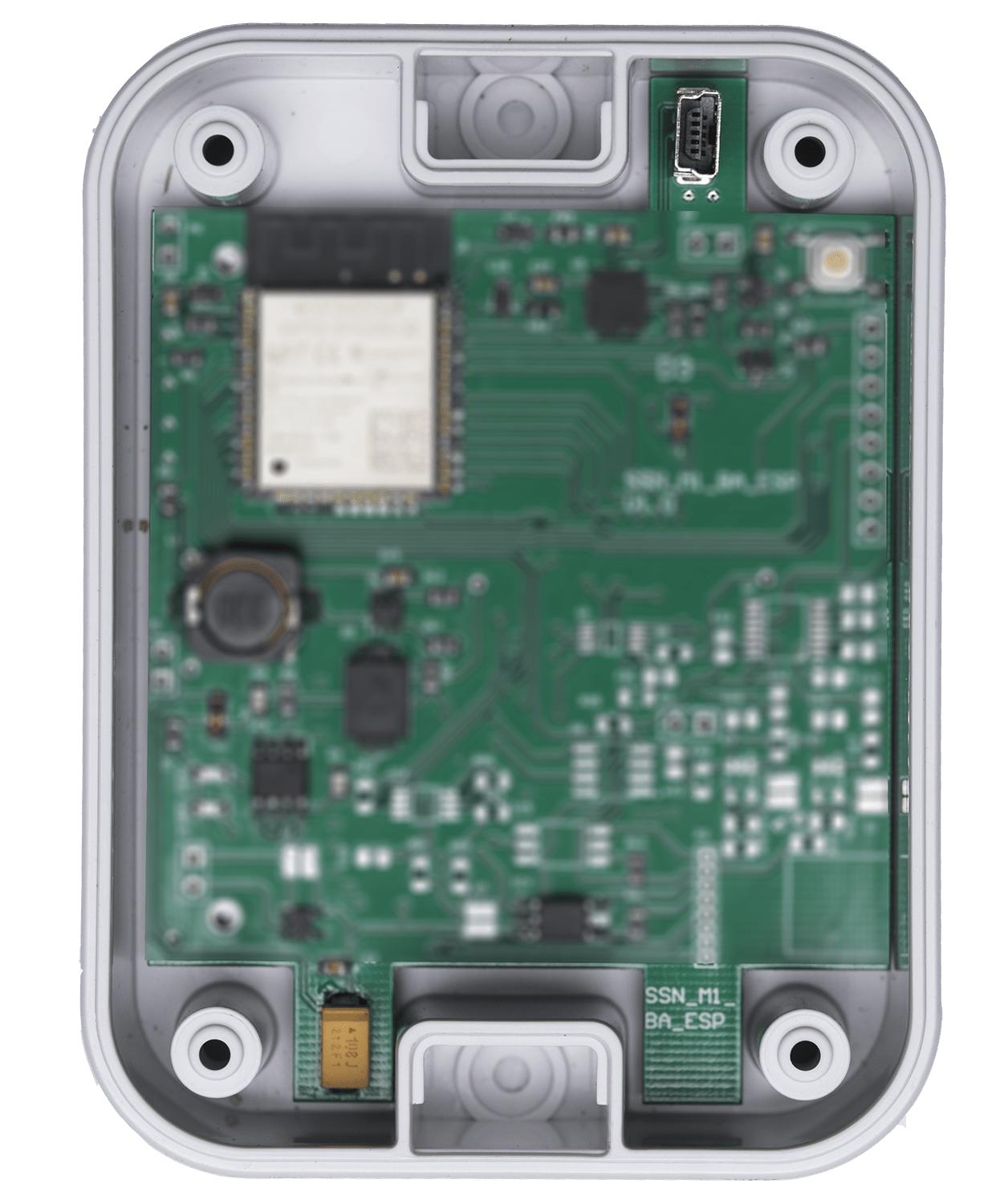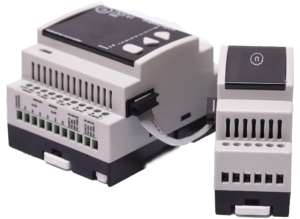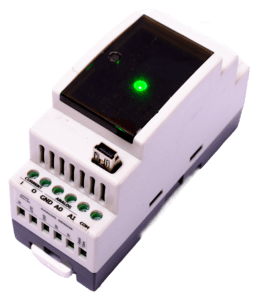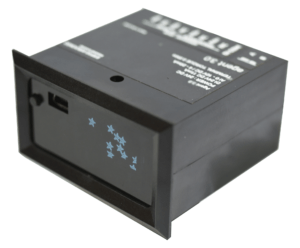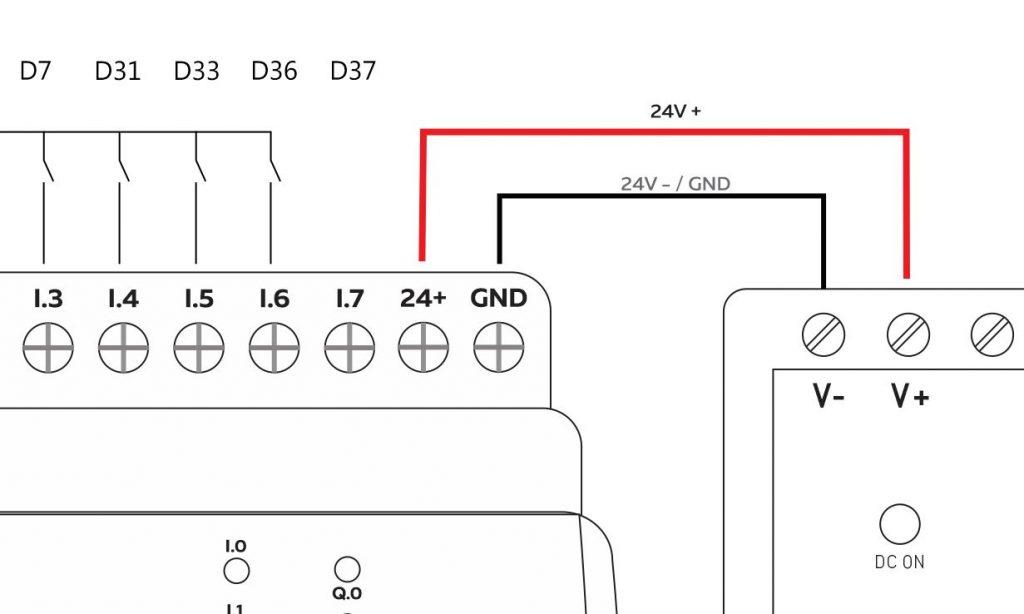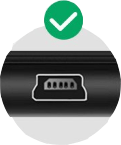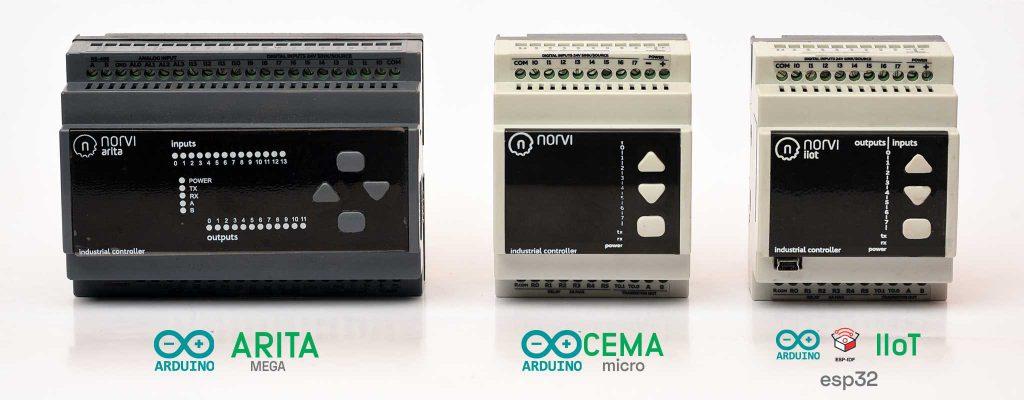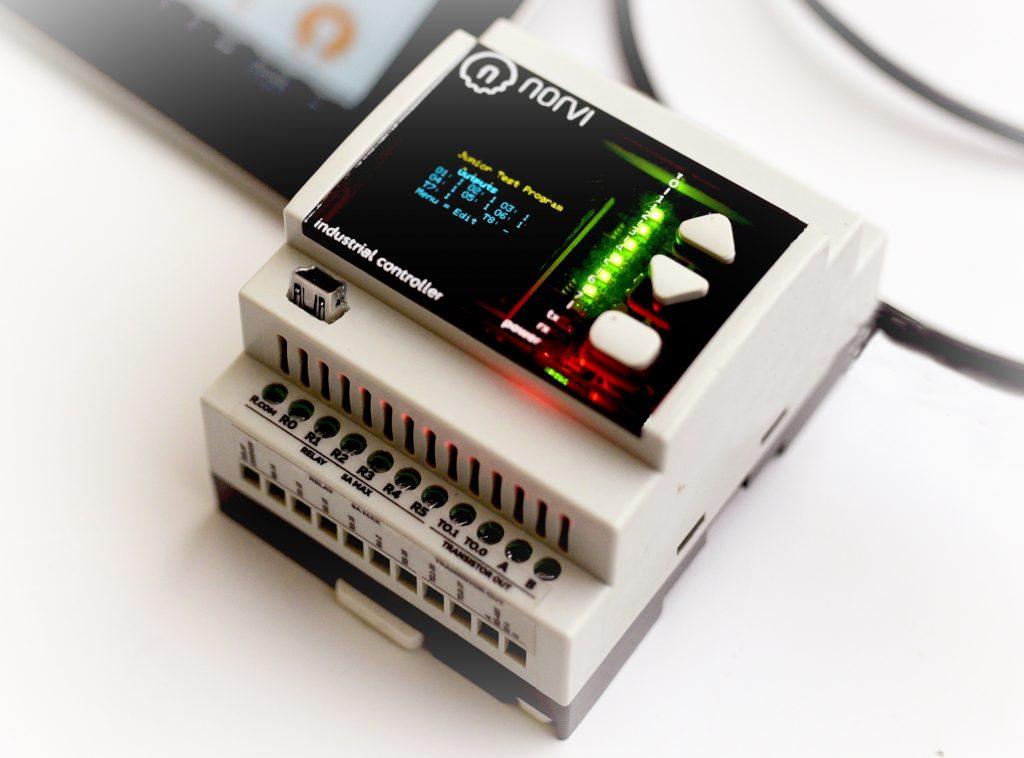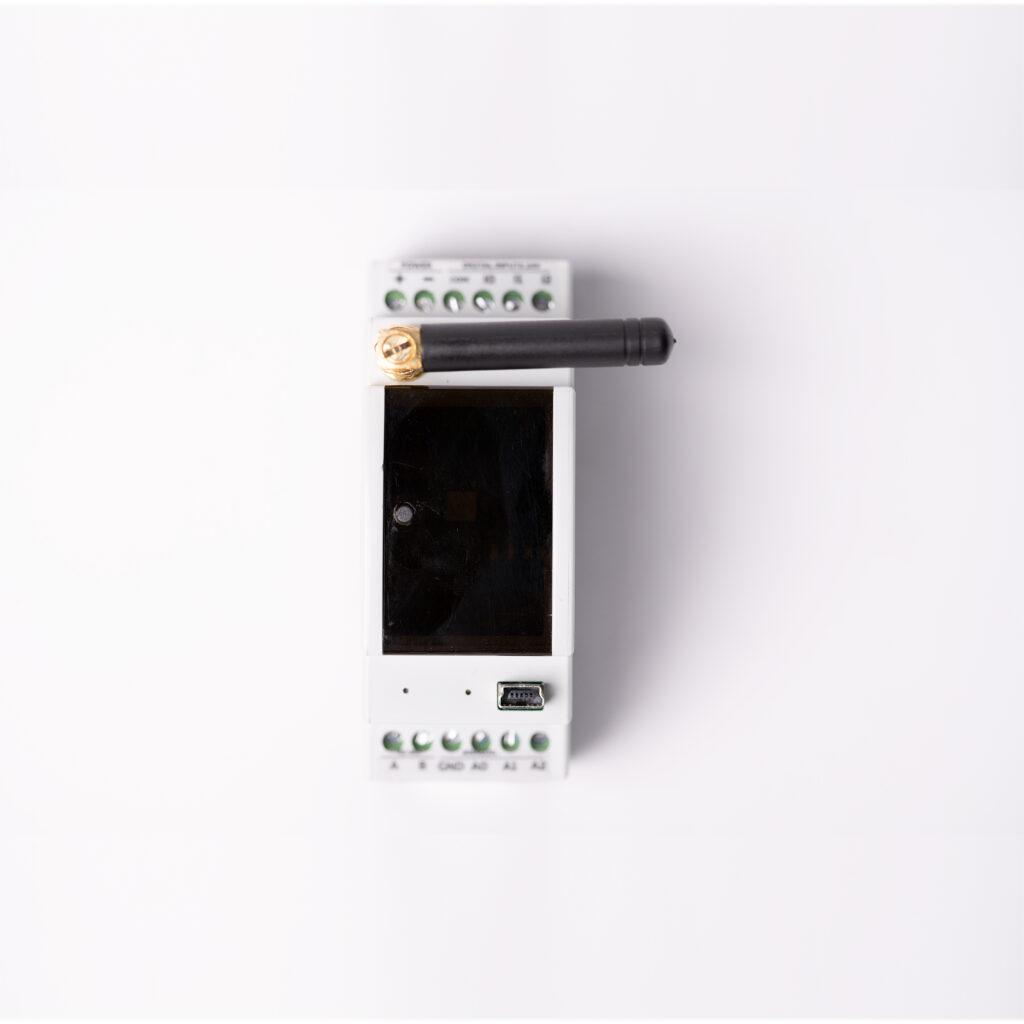
As industries continue to evolve, there is an increasing demand for advanced technologies that can enhance productivity, streamline operations, and ensure safety. One of the technologies that has become increasingly popular in recent years is the Industrial Internet of Things (IIoT), which leverages the power of the internet to connect machines, devices, and equipment, and enable them to communicate and exchange data in real-time.
To achieve this, it is essential to have a reliable gateway that can bridge the communication gap between different devices and ensure seamless integration. This is where NORVI controllers come in. NORVI controllers are industrial-grade controllers that are designed to serve as gateways for the IIoT. In particular, the NORVI controller based on the ESP32 chip is gaining widespread adoption due to its powerful features and versatility.
One of the key features of the NORVI controller is its ability to communicate with a wide range of devices and equipment, including sensors, PLCs, HMIs, and more. This is made possible by the ESP32 chip, which provides robust connectivity options such as WiFi, Bluetooth, Ethernet, and RS485. As a result, the NORVI controller can seamlessly integrate with existing infrastructure and facilitate the transfer of data between different systems.
Moreover, the Norvi controller is equipped with advanced processing capabilities that enable it to perform complex tasks and execute applications with high efficiency. For instance, the ESP32 chip has a dual-core processor that can run at speeds of up to 240MHz, which makes it suitable for running real-time applications that require fast response times.
Some of the typical applications of the Norvi controller include:
Data acquisition and monitoring: The NORVI controller can collect data from sensors and other devices and transmit it to the cloud or other systems for analysis and processing. This can help industries to monitor equipment performance, detect anomalies, and optimize operations.
Control and automation: The Norvi controller can execute control commands based on the data it receives from sensors and other devices. This can help industries to automate processes, reduce errors, and increase efficiency.
Safety and security: The Norvi controller can integrate with security systems and access control systems to enhance safety and security in industrial environments. For instance, it can monitor the status of doors, gates, and other entry points and alert security personnel in case of unauthorized access.
In conclusion, the NORVI controller based on the ESP32 chip is a versatile and reliable industrial gateway that can help industries to leverage the power of the IIoT. With its robust connectivity options, advanced processing capabilities, and rugged design, the NORVI controller is well-suited for a wide range of applications in industries such as manufacturing, energy, transportation, and more.
Browse our product range at : https://norvi.lk/products/

